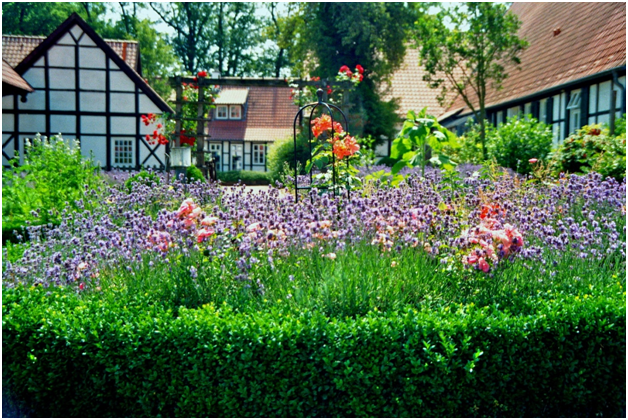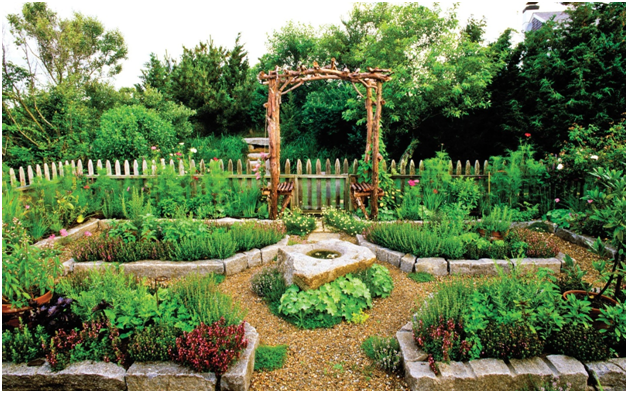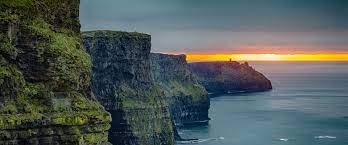Though the sixties are remembered with fondness, even by those who weren’t there, the desire for Spartan modern lines has left regrets. Decorative mouldings, castings, brickwork and stonework bequeathed by the Victorians were ripped out of homes and gardens, making way for concrete, plastic and glass. Cottage gardens were flattened and subjected to a rectangular geometry offering “cleaner” open spaces.

Formal gardens became more creative in subsequent decades, such as with “Zen” styles borrowed from Japan, but living in them was another matter. Often such gardens became dead unusable space.
The Old and the New
Today’s trend is toward less geometric layouts of natural and reclaimed materials harbouring a richness of surprises. This reflects the ideal to live in harmony with nature, embracing human as well as natural history. Man-made materials are re-used, suggesting our reabsorption into the organic.
Native plants are positioned along winding paths and intrigue and surprise have returned: naturalistic statues or bronze animal sculptures nestle, waiting to be discovered as the garden is explored. Although green colours dominate, splashes of bright colour define special spaces – arbours for swing chairs or backdrops to ornately potted plants.

Environmental Harmony
Landscaped gardens of the Romantic period incorporated Gothic mills and rustic cottages symbolising rural values. John Constable’s idyllic settings always incorporated human elements – a spire amongst trees or tumbling stone walls. Today’s harmonious re-incorporation of human materials echoes those values and those of the Arts and Crafts Movement that popularised less formal gardens after the 1870s.
Building walls, rockeries or stepping stones from local and reclaimed materials minimises carbon emissions.
Backyard Homesteading
The taste for the natural includes eating it. Decorative vegetables and fruit trees are in, as are chicken coops and beehives (although the bee is struggling with toxic pesticides: https://www.treehugger.com/endangered-species/whats-killing-bees-time-magazine-examines-crisis.html.
Pots and Plants
Outside space is often limited, so another trend is for continuity between house and garden. Plants that happily move between the two are popular and therefore so are ornate pots. View a range of pots and bronze animal sculptures here: http://www.gillparker.com/.
Plants with colourful foliage such as Landsias, bromeliads and succulents are popular. Dwarf shrubs and alpines adapt to smaller spaces.
The Lawn
Smaller lawns are intended for use rather than appearance – for examples as play areas – so Astroturf is often embraced. Native grasses are also durable and low-maintenance.


